examples:residential_buildings:multi-family_buildings:central_europe:selection_of_multi-family_passive_house_buildings_in_germany
Table of Contents
Multi-family Passive House buildings in Germany
The world’s first Passive House, Darmstadt-Kranichstein, Germany
The following section presents a selection of outstanding examples of multi-family houses in Germany, featured in past Passive House Conferences.
Hamburg
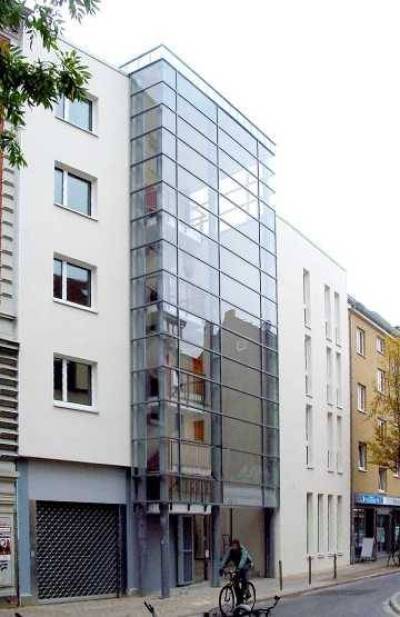 | 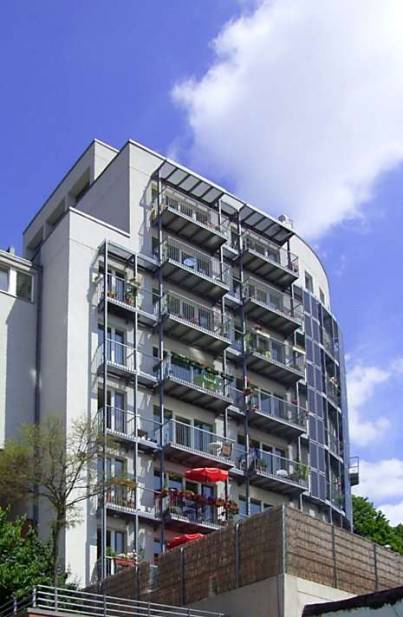 |
| At the 7th International Passive House Conference held in Hamburg, Germany in 2003, the architect Andreas Thomsen explained the work procedure for this prize-winning design: the Paul-Roosen-Straße ensemble in Hamburg St. Pauli built according to the Passive House Standard. This sophisticated design helped close a gap in the inner city area. | Another Passive House multi-storey building project in Hamburg: The “Pinnasberg” Passive House near the River Elbe, planned by Plan-R (Architekten Reinig) and realised by Hafenstraßengenossenschaft e.G. The results have been evaluated by the Hamburg Energy Office. The report can be downloaded at (PDF, 6,2 MB). |
State of Hesse
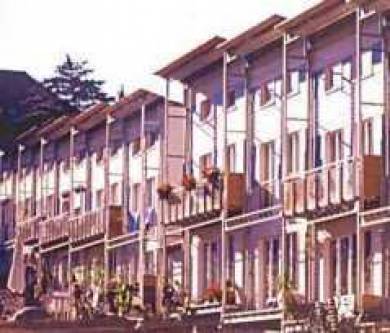 | 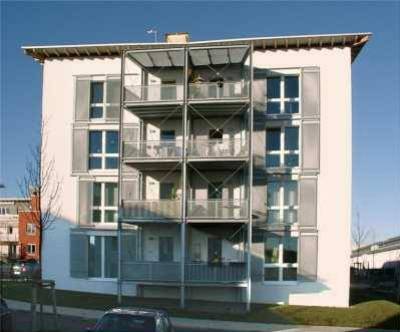 |
| The Passive House housing estate in Wiesbaden allows a direct comparison of measurement results from 22 Passive Houses with those of 24 low-energy houses at the same site, carried out by the Institute for Housing and Environment (IWU, Darmstadt). The housing estate, planned by Folkmar Rasch, was realised in 1997. Initial measurement results were presented at the 3rd International Passive House Conference in 1999 by Tobias Loga (pages 93 - 110). The documentation of a similar Passive House estate in Hannover with 32 houses, including plans, connection details, costs analyses and measured results can be found here: Passivhaussiedlung Hannover Kronsberg (in German) | More than 100 new Passive House projects were presented at the 4th International Passive House Conference in Kassel. One of these projects was the first social Passive House project built by the GWG Kassel and planned by the architects Prof. Dr. Schneider, Hegger (HHS) and Nolte (ASP). This project was part of the European “CEPHEUS” project. The project proves that the Passive House Standard can also be implemented in publicly funded multi-storey buildings, with overall energy savings of 82% in comparison with a similar new “non Passive House” building. The report can be found here: Passivhaus Marbachshöhe (in German). |
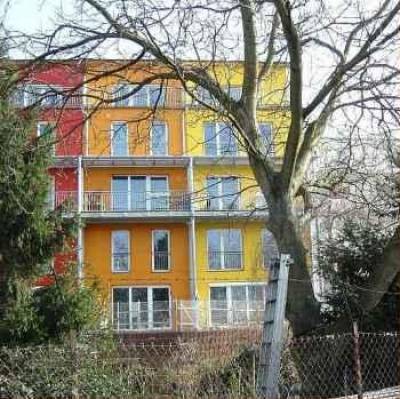 |
| St. Jakob Passive House in Frankfurt, designed and realised by “faktor 10” (Petra Grenz and Folkmer Rasch). The building is facing north, thereby providing a good view of the Feldberg mountain in the Taunus mountain range. A systematic scientific evaluation was presented by Søren Peper at the 9th International Passive House Conference in Ludwigshafen (pages 373 - 380), showing that even north-oriented Passive Houses can function well, provided that they are carefully planned using the PHPP. The research report has been published and is available for download here: Passivhaus in Nordorientierung (in German). |
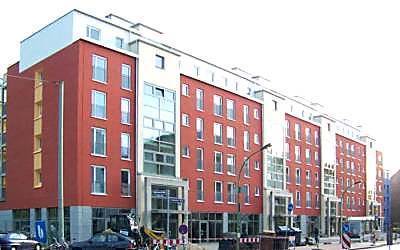 |
| The “Sophienhof” Passive House appartment complex in Frankfurt, built by FAAG and completed in 2006, is currently the largest Passive House development in Germany. This construction project with its 160 apartments in the heart of Frankfurt was presented at the 11th International Passive House Conference. |
Rhineland-Palatinate
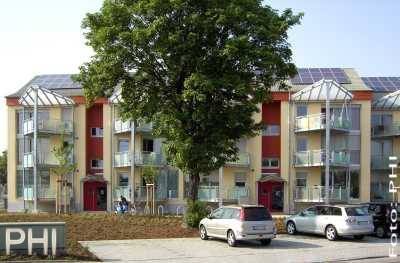 |
| This Passive House retrofit, carried out by GAG in Ludwigshafen was presented by Andrè Zaman during the 10th International Passive House Conference. It is an outstanding example of successful Passive House refurbishment providing for significant energy savings. |
North-Rhine Westphalia
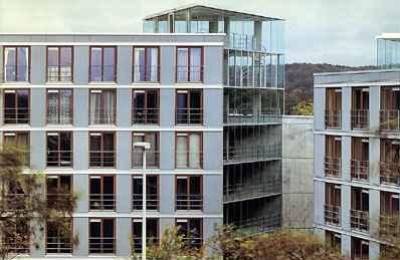 |
| The “Burse” students residence of the Wuppertal University built on the university's main campus in the 1970s used to consume enormous amounts of energy before it was refurbished to the Passive House Standard by Michael Müller and Cristian Schlüter. The result was the highlight at the 6th International Passive House Conference 2002 in Basel. Measurement results were presented by P. Engelmann and M. Kramp at the 10th International Passive House Conference in Hanover. |
examples/residential_buildings/multi-family_buildings/central_europe/selection_of_multi-family_passive_house_buildings_in_germany.txt · Last modified: 2019/03/26 11:56 by cblagojevic
